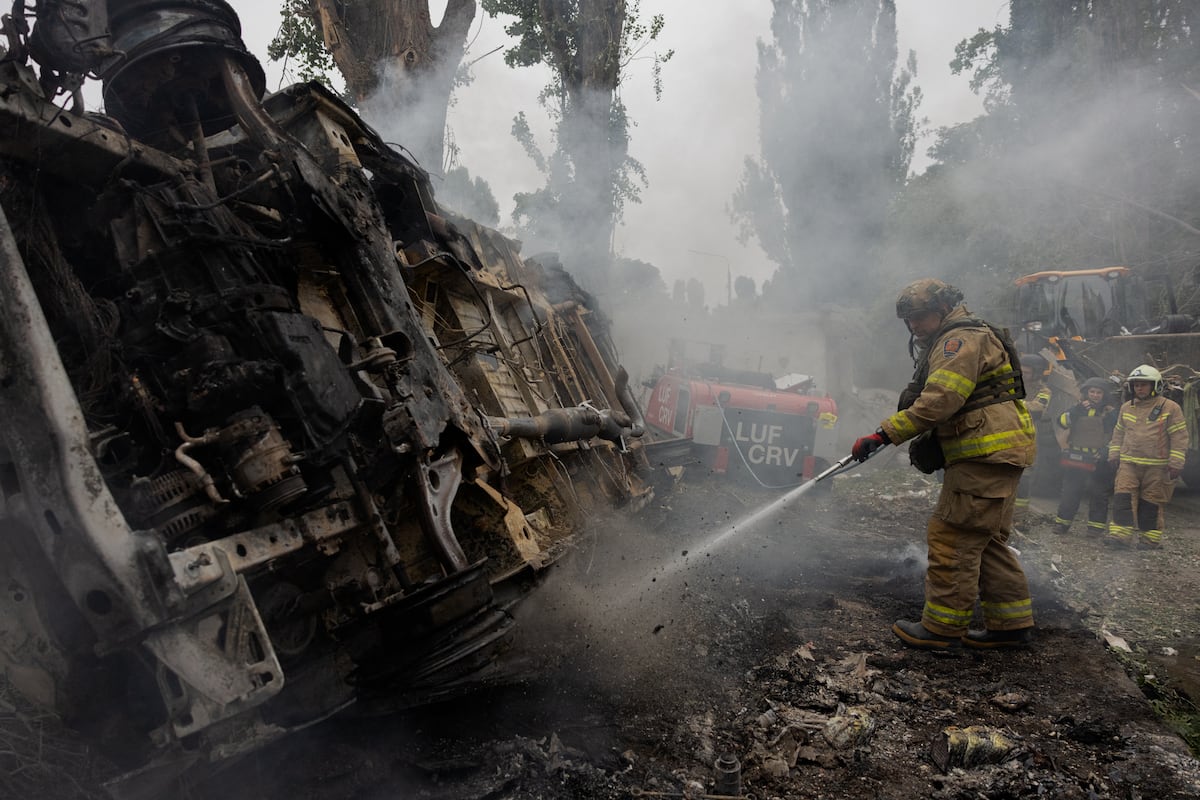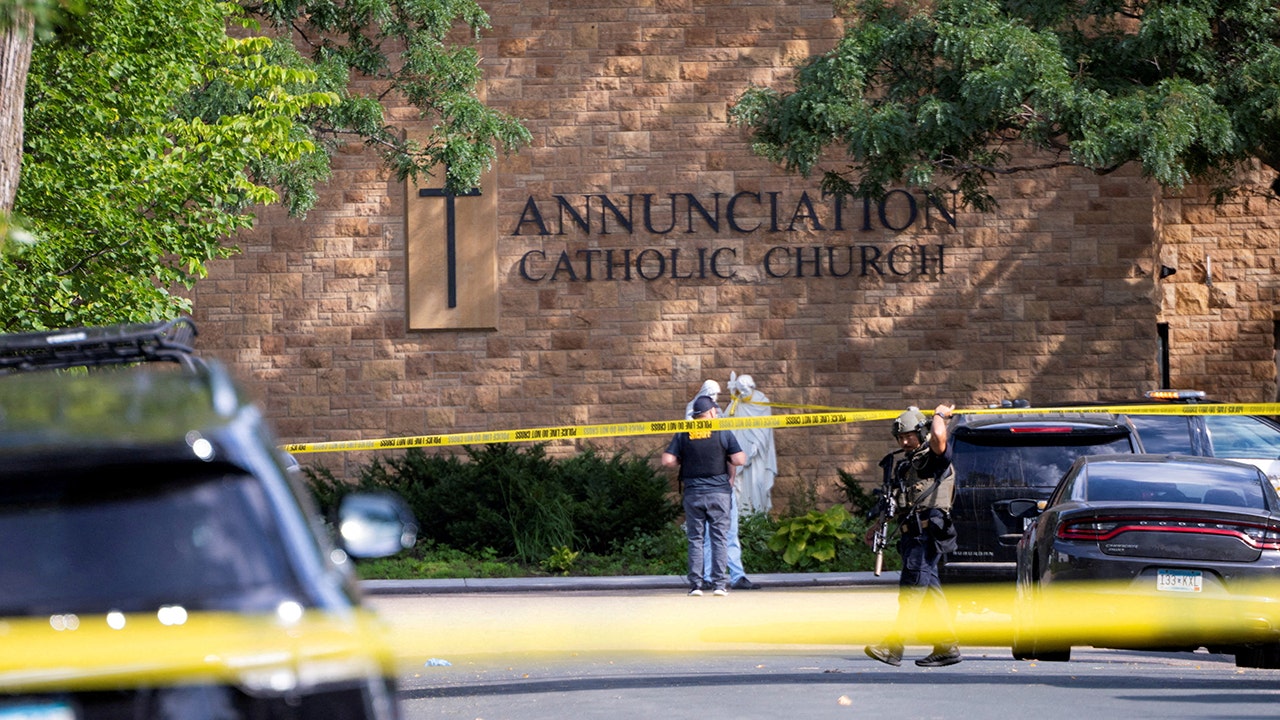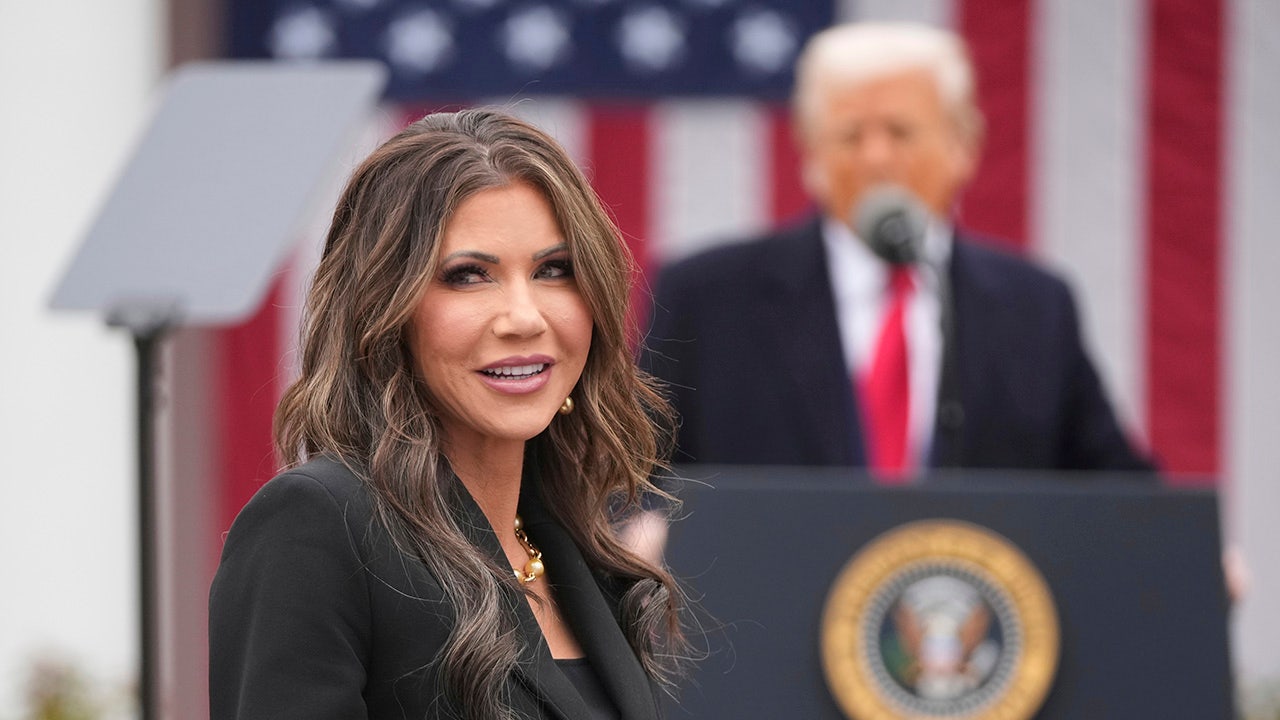Behind attacks on Ukrainian cities, Russia is building a drone empire

THE HAGUE, Netherlands — The Russian government has developed a far-reaching, multi-level approach to turbocharge the country’s development and production of drones with an eye to becoming a world leader in the field. The comprehensive strategy includes large amounts of federal and state funding, thousands of startups and even the systematic training of schoolchildren.
Drones have emerged as a key technology in the war in Ukraine, which is now in its fourth year after the Russian military’s large-scale invasion of the country that commenced in February 2022. The cheap, unmanned flying systems, often no heavier than a few kilograms and put together out of easily available, commercial components, have inflicted death and psychological torment on soldiers on both sides of the front lines, and especially on civilians in Ukrainian cities.
The importance of these technologies quickly became clear both to Kyiv and Moscow. Both have developed ambitious strategies to boost their domestic production of the versatile aerial platforms and to support innovation to continuously outsmart the new countermeasures employed by the enemy.
Although Russia’s arms economy has heavy state involvement, the drone strategy has been unique in the emphasis it places on supporting startups and small enterprises around the country. Of the nearly 900 companies involved in drone-making, 70% were considered small- or medium-sized enterprises, the Russian news agency TASS reported in March. These small businesses together employ over 7,000 people.
“This is largely due to the implementation of government support measures for the SME segment,” TASS noted.
Naturally, the big players are having a piece of the pie, too. United Aircraft Corporation, established in 2006 by President Vladimir Putin to consolidate Russia’s main assets in aircraft design and production, in June announced it would create a dedicated unmanned systems division and fund it with billions of rubles. The company’s director-general also said UAC would scout private-sector players to give them the “opportunity” to cooperate with a large, state-owned enterprise, Russian business news outlet Tadviser reported.
Russia, like Ukraine, has thrown immense sums of money at the sector. Russia specifically allocated 243 billion rubles ($3 billion) to drone making from 2022 to 2025. A further 112 billion rubles ($1.38 billion) are allocated in the next three-year budget. This is in addition to and separate from military spending, which makes up almost one-third of government funding on its own.
Moscow’s stated aims for the drone money aren’t military applications and indeed often appear benign in their nature. The drones being developed are supposedly intended for use in agriculture, infrastructure monitoring, and delivery services – just a sampling of the civilian applications that government officials and companies like to tout.
But the very nature of the technology means that the lines between civilian and military are often blurred. The same technologies that can be used to surveil long pipelines are capable of delivering warheads across the frontline, for example. Supporting these so-called dual-use technologies is a key point of the Russian government’s strategy, and the civilian guise is often little more than a thin veil of plausible deniability.
“There is no clear boundary — the technology can be used for both military and civilian purposes,” Russian Minister of Agriculture and Trade, Anton Afanasyev, was quoted as saying by the independent Russian publication The Insider.
Indeed, the deliberately dual-use drone work extends beyond drone companies and into schools, too. Many educational institutions in Russia have introduced curricula surrounding the development, construction and operation of drones.
“We were forbidden to say that it was necessary in war, and we came up with civilian applications for the developments,” The Insider quoted a 17-year-old drone instructor named Maxim. “This is a children’s program. That is, a project should always have a dual purpose … there is always such an unspoken rule at all competitions that I have come across.”
The involvement of schoolchildren in the drone plans of the government is official policy and supported by state institutions like the Agency for Strategic Initiatives, and competitions are sponsored by state-owned defense contractors like Rosatom, Rostec and Almaz-Antey. Sometimes, participation in drone initiatives is rewarded with extra exam points or promises of better career prospects. Other times, students are directly involved in building or testing drones with military applications. At least parts of the program targeting schools were personally approved by Putin.
The strategy is having some of the desired effects. Year over year, Russia produced 2.5 times more drones in 2024 than it did in 2023, the first full year of the war in Ukraine. Since then, Russian long-range drone production has increased fivefold again in less than a year, according to Ukrainian intelligence information from May, cited by the Ukrainian news service TSN.
Putin, while announcing the rising figures in 2024, said that he wanted Russia to become one of the global technological leaders in unmanned aircraft systems by 2030.
A unique aspect of the Kremlin’s drone strategy is its broad geographical spread. A line item in the federal budget for 2025 through 2027 allocates 21 billion rubles ($260 million) to eleven specialized regional centers for research and production of UAV technologies. Many of these are established within existing commercial infrastructure, such as free trade zones, technology parks, or near longstanding research and industrial sites. These locations range from the St. Petersburg Technopark on Russia’s Baltic coast to Tomsk, deep in Siberia.
Press releases and Russian media coverage portray an organizing principle behind the spread, known to Kremlinologists as “strategic depth.” By dispersing facilities, it becomes harder for a single enemy strike to take out a given capability, the idea goes. Several of the sites have been targets of Ukrainian drone attacks.
Additionally, many of the eleven centers appear to be specializing in a specific niche in UAV production. While plants in Moscow and St. Petersburg focus on advanced R&D and high-tech work, Tomsk makes electric components and specialized onboard systems, while Perm develops engines and propulsion systems.
The specialized center in Tatarstan, located in central Russia north of Kazakhstan, has become the site of what may be the world’s largest drone factory. The plant is undergoing massive expansion, satellite images show.
Alongside more production facilities, the special economic zone is seeing work on housing that may accommodate tens of thousands of workers, according to analysts. The Yelabuga factory has been identified as the site where Russia assembles the Geran-2, the domestically produced version of Iran’s notorious Shahed-136 kamikaze drone. These cheap, sturdy flying wings with a large explosive warhead have become a staple of Russian air assaults against Ukraine. The factory, which recently completed two new 700-meter-long assembly halls, reportedly churns these loitering munitions out around the clock, in three daily shifts.

The company running the production, Albatross, previously specialized in farming tech, the Financial Times reported. Indeed, its eponymous Albatross drone, now used in surveillance against Ukraine, was originally developed as a civilian, agricultural drone.
Last year, a Defense News investigation described a Russian drone maker, Integrated Robotics Technologies, publicly posing as an agricultural and industrial drone maker but secretly marketing one-way exploding drones. The company continues to operate and has formed a subsidiary in St. Petersburg, which participated in a 2024 military expo. In channels on Telegram channels, a communication app popular with Russian users, IRT has marketed its drones as “short life vehicles … suitable for the delivery of mines.”
One of its drones also features on a deck of playing cards emblazoned with various UAVs, uploaded by a Russian state university (archived here).
On IRT’s bare-bones website, however, there is no mention of military applications.
Integrated Robotics Technologies remains unsanctioned at the time of writing.
One key aim of IRT and the Russian drone space in general has been import substitution, a buzzword in the Russian infosphere referring to the concerted efforts to produce all parts of a product domestically.
Russia’s high-tech sector, in particular, has been hit by Western sanctions and export controls, and domestic capabilities often lag significantly behind cutting-edge technology, for example, in chipmaking processes. Similarly, when it comes to drones, Russia still relies heavily on foreign imports, particularly on components made in China.
And while Moscow and Beijing have signed a strategic partnership agreement, the dependency presents a major vulnerability for the Kremlin.
Producing components domestically – from materials for drone fuselages to motors to microchips and rotors – Russia aims to become independent of whatever happens outside of its territory, removing key pressure points that still slow down its economy and military production. Several of Russia’s heavily-sanctioned partners, like Iran and North Korea, have pursued similar strategies, though their cases have also shown the limits there are to prosperity when cut off from global trade.
Both have also played important roles in Russia’s drone strategy. Iran provided the blueprints and materials to start Russia’s largest drone factory in Tatarstan’s Alabuga special economic zone, the Washington Post reported in 2023. And Ukrainian intelligence has hinted that Russia is both building North Korean domestic drone capabilities and may be receiving cheap labor from the “hermit kingdom” for use in Yelabuga.
Exports of drones to the highest bidder are likely a key incentive for cash-strapped North Korea and may also lie in the future for some of the more successful Russian drone makers.
To that end, Russia’s Duma, the country’s rubber-stamp parliament, has approved a policy that eliminates value-added tax for all drones and for imported UAV components such as motors, expanding on previous tax incentives.
Linus Höller is Defense News’ Europe correspondent and OSINT investigator. He reports on the arms deals, sanctions, and geopolitics shaping Europe and the world. He holds a master’s degrees in WMD nonproliferation, terrorism studies, and international relations, and works in four languages: English, German, Russian, and Spanish.







